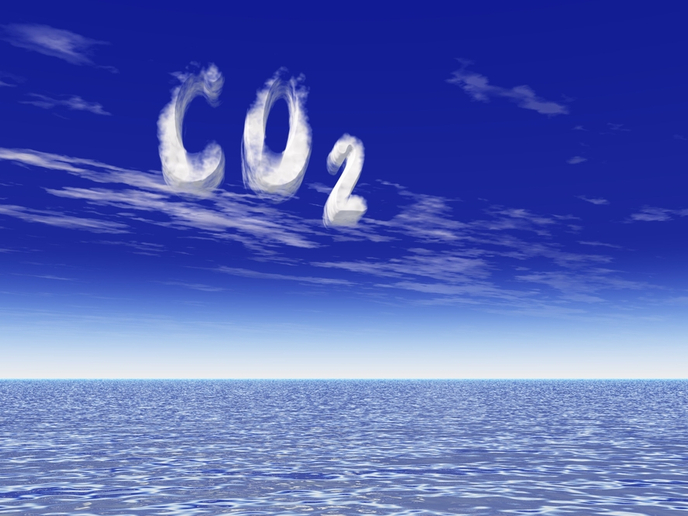New measurement-based estimate suggests that up to 0.9 gigatonnes of additional carbon are absorbed by the ocean
This new study suggests that the amount of carbon our oceans absorb from the atmosphere each year could be larger than previously inferred from surface ocean shipboard measurements. Previous estimates indicated that about a quarter of the emissions caused by human activity were drawn into the ocean, in other words, more than 2 gigatonnes of CO2 per year. Researchers supported by the EU-funded 4C and RINGO projects have found that the annual contemporary carbon uptake could be much higher, exceeding previous observation-based estimates by up to 0.9 gigatonnes per year. These results and the methods used to reach them are explained in a paper published in the journal ‘Nature Communications.’
The problem
The question is, why is there a need for a correction? The answer lies in the part of the ocean from which the measurements were taken. Recent efforts by the international scientific community to create a regularly updated global collection of data on marine surface CO2 resulted in the Surface Ocean CO2 Atlas (SOCAT). Such global monitoring is made possible through the contribution of long-term oceanic observations from research infrastructures such as the Integrated Carbon Observation System (ICOS), which operates primarily in Europe. Containing 28.2 million measurements collected from 1957 to 2020, SOCAT helps scientists determine how much carbon is being absorbed by the oceans. However, previous studies that have used SOCAT data estimated carbon uptake from measurements taken several metres below the ocean surface. The problem with this is that the needed measurements are those taken “right at the ocean surface,” as explained by lead author Andrew Watson of the University of Exeter in an article posted on the ‘SciTechDaily’ website. While seemingly insignificant, a few metres’ difference leads to changes in temperature and affects the sea’s ability to absorb CO2. “Previous studies have ignored the small temperature differences between the surface of the ocean and the sampling depth, but we know that this has a significant impact on how carbon is held by the oceans in terms of salinity, solubility, stability, and so on,” noted Prof. Watson. “But satellites can measure the temperature more or less exactly at the ocean surface – and when we do this, we find it makes a big difference,” he added.
The solution
To generate an estimate that considers fluxes at the surface ocean skin layer, the researchers developed a procedure to recalculate the SOCAT data using 1992 to 2018 measurements of the ocean temperature a few millimetres below the surface. The temperature was mainly obtained from satellite infrared observations. Based on the corrected figures, the net annual uptake of carbon into the oceans could be between 0.8 and 0.9 gigatonnes more per year than previously suggested by methods using the uncorrected data. “Previous shipboard-based estimates of the contemporary carbon uptake have been significantly lower than those of the anthropogenic CO2 uptake from ocean biogeochemical models and estimates based on interior carbon storage. This difference has been largely explained by the natural carbon input from river systems into the oceans. The new revised estimate however suggests that the difference – at least in part – can be explained by how we treat the observations themselves,” says 4C scientist Peter Landschützer. This study forms part of the 4C (Climate-Carbon Interactions in the Current Century) project’s efforts to provide an updated estimate of the ocean carbon sink based on surface ocean CO2 measurements and its related uncertainties. The study therefore highlights one of the many remaining uncertainties we face today in constraining the oceanic uptake of anthropogenic carbon from observations. It also furthers the RINGO (Readiness of ICOS for Necessities of integrated Global Observations) project’s goal to generate accurate data on carbon fluxes between the atmosphere, the Earth and our oceans. RINGO concludes at the end of 2020 and 4C in 2023. For more information, please see: 4C project website RINGO project website
Keywords
4C, RINGO, carbon, ocean, surface, CO2



